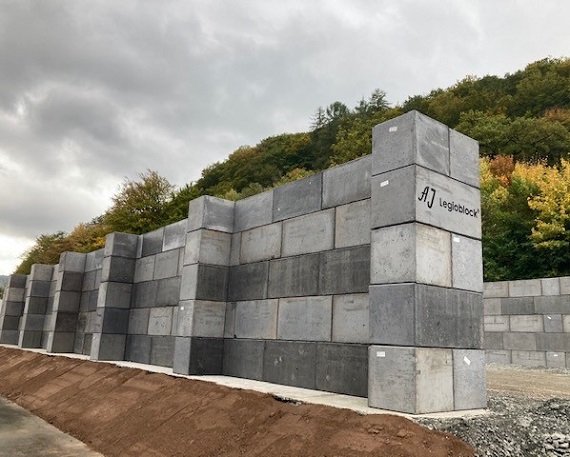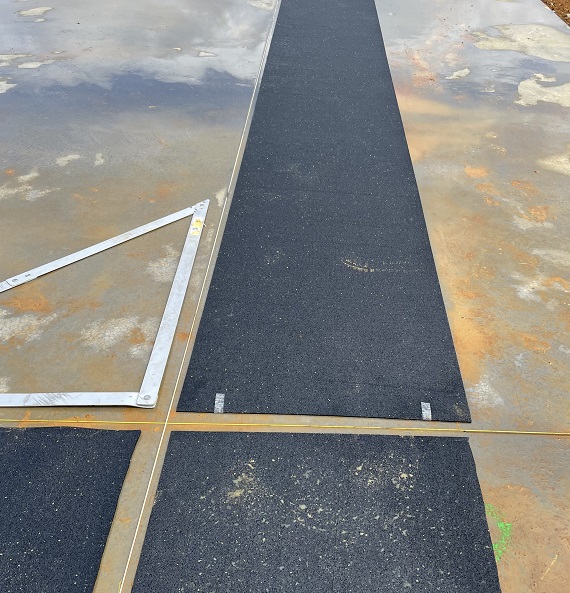What is a good foundation for stackable concrete blocks blocks?
Is the foundation suitable for a construction of stackable concrete blocks? Laying a foundation is not always necessary. On a flat and load bearing surface you can build right away. But what if the foundation is not flat or unstable? In some cases an extra foundation is needed. In this blog we explain what you need to think about.
How do I know if the foundation is suitable?
To know if the subsurface is suitable for a concrete structure, for example an industrial warehouse, storage box or salt storage, you need to have a foundation study carried out. A foundation investigation, also called a ‘probing investigation’, measures the bearing capacity of the soil. Based on the probing study the engineer determines whether a foundation is necessary and if so, what type of foundation is needed.





